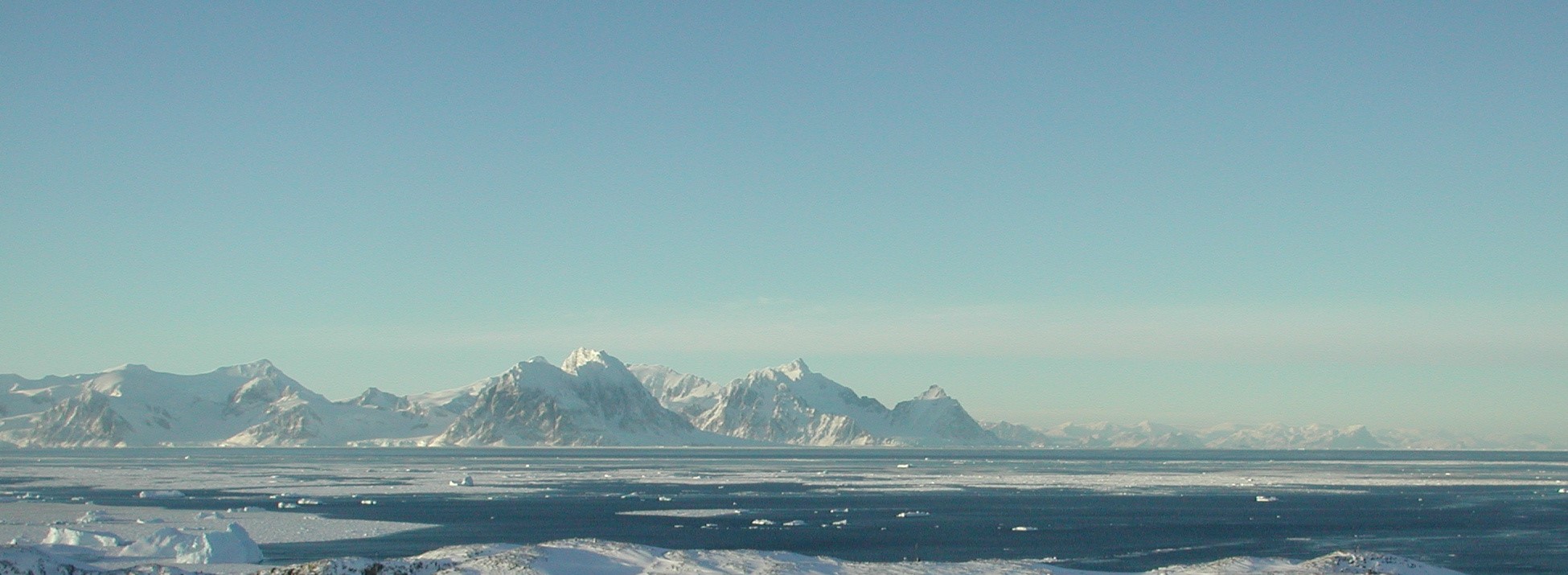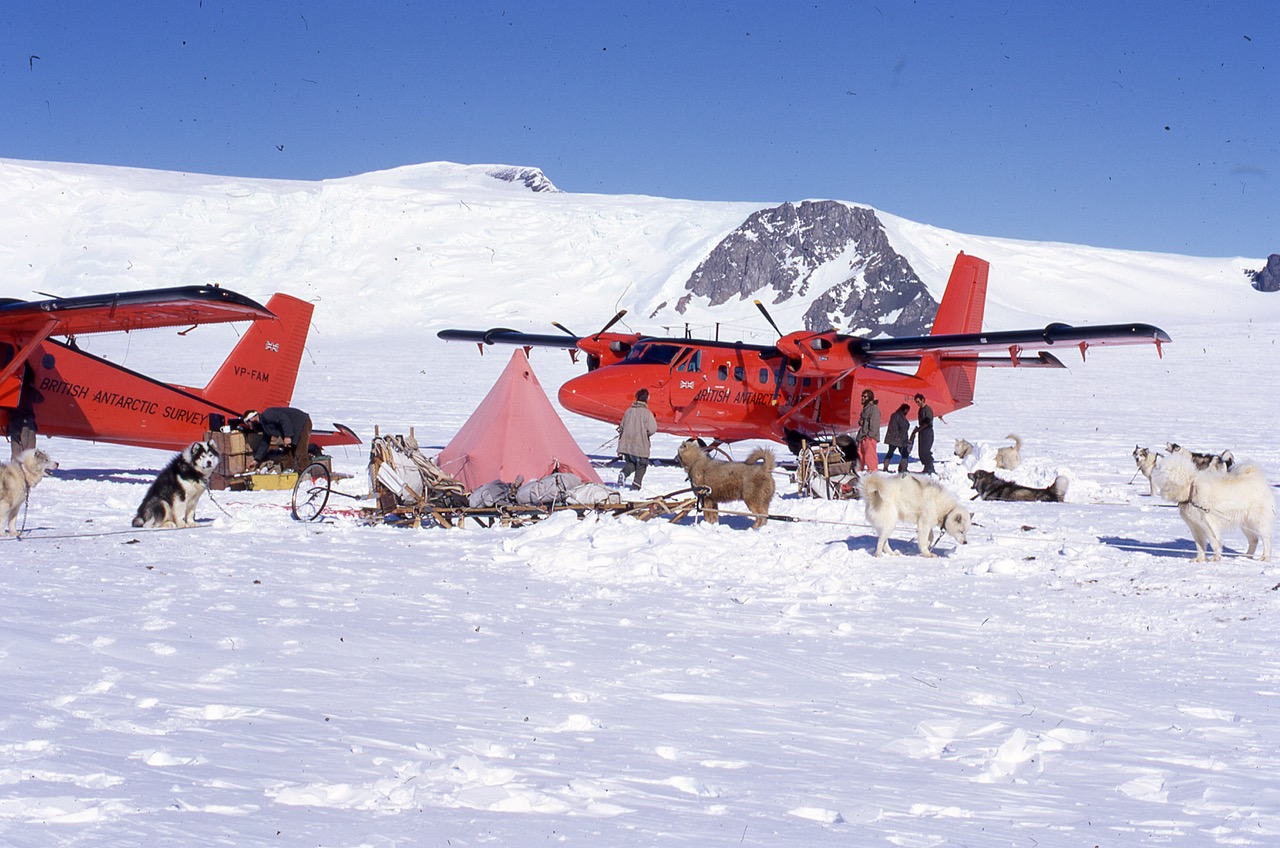The Endless Learning Curve (continued)
As I climbed through 2000 feet on full power and fine pitch the engine temps were going up so it was time to reduce power. Levelling off and throttling back took the forward pressure off the control column, and when I retracted the flaps the controls were almost back to normal.
I knew that the cargo had shifted aft, but without someone to go back to have a look, I could only guess.
The centre of gravity is all important in flight. Too far back and the aircraft climbs uncontrollably, too far forward and it won’t get off the ground. In this case , the cargo was back beyond the limit.
I decided to continue to KG. Climbing to the usual six thousand feet, the two hour flight gave time to get out of my seat and maintain a foreword pressure on the control column while I looked down the cabin to survey the situation. The fuel drums, bags of coal and stuff were right at the back and the tie down ropes were slack. I cursed my stupidity for being in so much of a hurry to get off at T and get back to my bunk .
Other than an unusual forward pressure on the column (control stick) which could be partially trimmed out, the trip was uneventful, and other than experimenting with flap and power settings to give an idea of the best control setting for the approach and landing at KG.
A high wing aircraft with wing mounted engines gives huge pitch forces with engine power and flap changes. So power increase produces nose down pitch, as does flap increase. The reverse applies . With out of limits centre of gravity or balance, this produces an out-of-control aircraft. This meant that landing with flap impossible at KG .
On explaining the situation to the KG BC, George Kistruck,, the Bluff base Fids turned out to make sure that as much landing run as possible was useable.
My memory may betray me, but full flap on the Twotter gave a touchdown speed of about 30 Knots empty. Full load flapless, 60? Anyway, suffice to say, that the approach was made with control column on the stops to keep the aircraft coming down . I decided to avoid reverse thrust on landing in case everything came forward and wrecked the cabin (and me).
After that, I think my second summer, l double checked everything, as was my duty
Dave Rowley – Pilot – Adelaide Air Unit – 1968 to 1973

